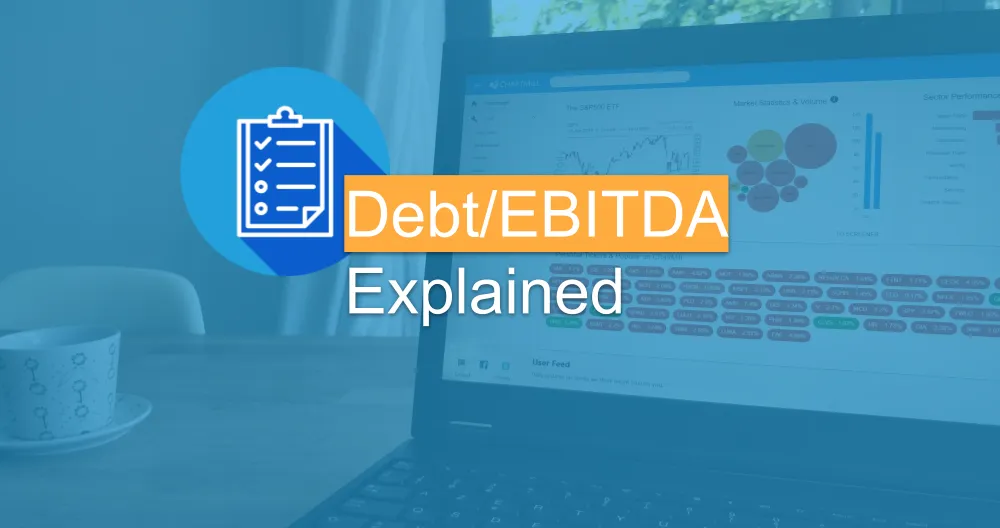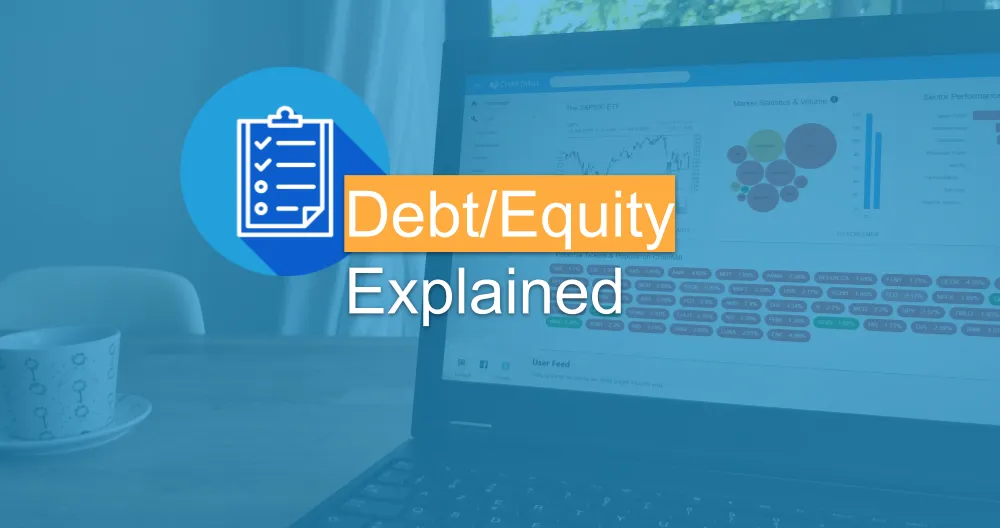Total Debt to EBITDA
By Kristoff De Turck - reviewed by Aldwin Keppens
~ 2 minutes read - Last update: Jan 14, 2025
Definition
The Debt-to-EBITDA Ratio (Debt/EBITDA) stands as a measure of a company's financial leverage. It indicates how much debt a company carries concerning its Earnings Before Interest, Taxes, Depreciation, and Amortization (EBITDA). This ratio helps determine the company's ability to cover its debt obligations using its operating income.
Calculating the Ratio
To calculate the Debt-to-EBITDA Ratio, use the formula:
Debt-to-EBITDA Ratio = Total Debt / EBITDA
Where:
Total Debt: The sum of short-term and long-term debts.
EBITDA: Earnings Before Interest, Taxes, Depreciation, and Amortization.
Understanding the importance of this ratio
Every firm needs investment and innovation to remain competitive. This requires sufficient liquidity. Sometimes even to the extent that what is needed is not always immediately available.
This does not mean that the firm should resign itself to not making the investments or improvements it had planned since such a decision could mean a significant loss of competitive advantage.
Debt can be a solution to this end, provided it is well managed. In this regard, the ratio of debt to EBITDA is of great importance. The lower the ratio, the stronger the financial position.
As leverage increases (and the ratio goes up) so does financial risk. Keep in mind, however, that only the risk profile of companies within the same industry - with a similar capital structure - can be compared in this way. It is of little use to interpret this ratio in companies across different sectors (capital-intensive or not).
FAQ's About Debt-to-EBITDA Ratio
What is a healthy Debt-to-EBITDA Ratio?
A healthy ratio usually falls between 1 and 3, but it can vary based on the industry and economic conditions.
Why is this ratio preferred over other debt ratios?
Unlike other ratios, Debt-to-EBITDA considers both short-term and long-term debts, offering a more comprehensive view of a company's leverage.
Can a low ratio always be considered favorable?
Not necessarily. While a low ratio signifies lower leverage, it might also indicate underutilization of debt for potential growth.
How frequently should this ratio be monitored?
Monitoring should be continuous, especially during economic fluctuations, to ensure the company's leverage remains sustainable.
What actions can a company take to improve its ratio?
Companies can focus on reducing debt, increasing EBITDA, or a combination of both to improve their ratio.
Related Articles
Debt to Equity Ratio: Achieving Financial Balance
The debt-to-equity ratio is a financial measure that provides insight into a company's capital structure. It is calculated by dividing a company's total liabilities (debt) by its total equity. Read more...





